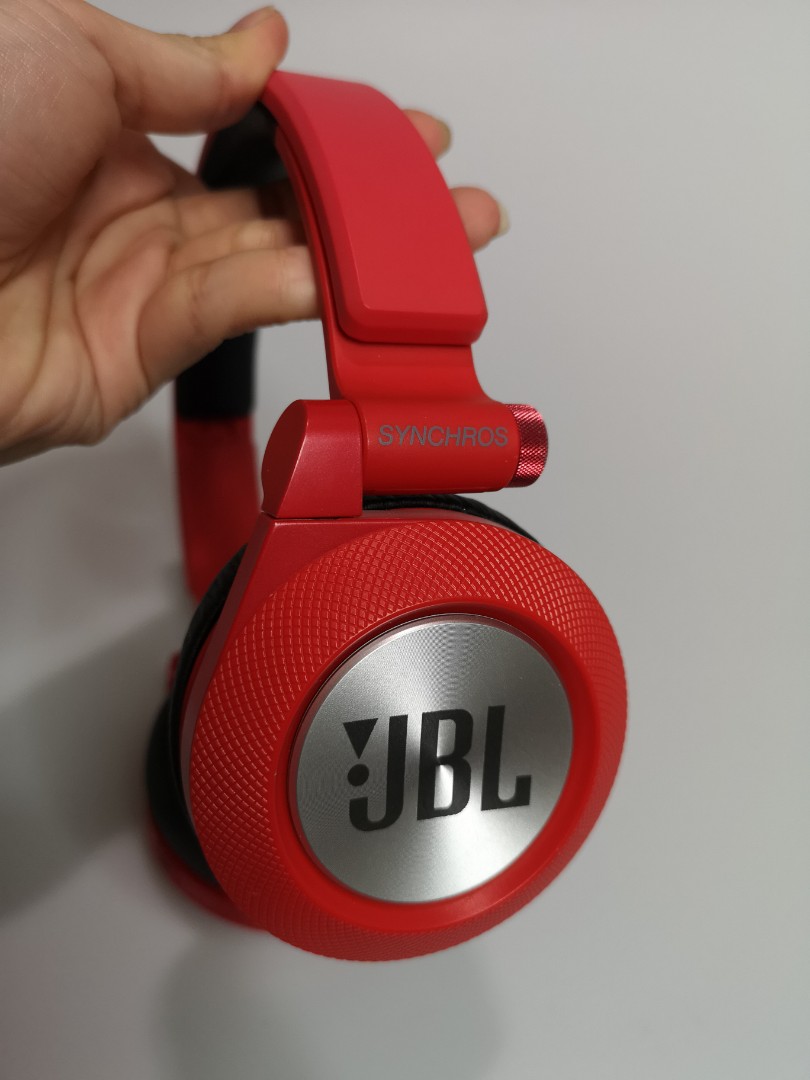Casio Bp 100 User Manual
View & Download more than 3016 Casio PDF User Manuals, Guides and Instructions. Casio Owner's Manuals, Operation Guides, and Specifications Preview. Aug 05, 2014 The Best Military Tactical Beater Watch Under $100 - Casio G-Shock DW5600MS-1 Review & Comparison - Duration: 17:47. The Urban Gentry 377,176 views.
• Thursday, May 28th, 2009 - 3:39 pm • Casio BP-100 [900] Blood Pressure Monitor watch • LOOKING FOR THE MANUAL?! Today's feature is Casio's BP-100 blood pressure monitor watch. After the success of the JP-100W pulsecheck, Casio put that concept on steroids and released this model in 1993. (Or was it 1992?) It claims to measure not only the heart rate, but also the blood pressure!
* (Just a note, Casio's sequel to the JP-100W was the JP-200W, which was released in 1992. The BP-100 is not a direct descendant of the JP series watches, but certainly builds on that technology.) Unlike other Casio watches of its time, this model came in a custom designed box. Not only that, it was sold in different custom package versions. I have seen a long slender cardboard box version as well as the version shown here. Removing the plastic shrink wrap and outer sleeve reveals a plastic case. Opening that case reveals the watch seated on a red velvet-like tray. In that tray, you will find an instructional audio cassette tape.
Since I got this watch in 2008, I didn't have a cassette tape player to listen to the tape. I wonder what it sounds like! And if you lift that tray, you will find not one, but TWO manuals. The blue manual is the abbreviated version that briefly covers the blood pressure functions, whereas the black one covers the entire watch in detail. The special packaging and redundant instructional material leads me to believe that Casio intended this watch to be used by people unfamiliar with technology. I'm not sure how successful Casio was in their marketing strategy, but it's interesting to note.
Enough about packaging, get on to the watch already! Okay okay, relax!:) As a watch, the functions are pretty standard.
It's got a built-in microlight, along with alarm, stopwatch and timer modes. But what makes this watch special is the blood pressure functions. The watch actually uses a combination of two sensor technologies. The pad on the left reads the pulse using a photosensor, exactly like the.
The BP-100 manual includes a schematic of this photosensor technology. The pad on the right is one lead of a two-lead ECG probe that's built into the watch. Can you guess where the other lead is? It's on the watch backplate. Those leads measure the electrical signal that accompanies your heart beat. For the system to work properly, the watch's backplate must make contact with your bare wrist. In addition, your right hand can only touch the two sensors--because if you rested your right thumb on your left wrist (or vice versa) while making this measurement, you'd create an alternate conduction path.
But how does Casio use these sensors to measure blood pressure? Well, it does not. The watch obviously doesn't have a built-in cuff or air pump that can measure the real absolute blood pressure. Instead, it relies on a concept called 'Pulse Wave Transit Time,' or PWTT. I found this excellent website that describes the science in detail, so I'll leave interested readers to follow up on this link. To take advantage of the PWTT concept, it just so happens that you need to take the measurements at your extremities. Lucky for Casio, a wristwatch is the perfect candidate for this application!
The serial number will be located on the underside of the unit. Some transmitters are labeled with a serial number.  For headset warranty claims, we require the headset serial number but not the transmitter serial number for proper model identification. Note for the: the serial number is on the underside of the microphone (not the stand). FINDING THE SERIAL NUMBER ON OLDER MODELS: On our older headsets, the serial number is located on a sticker under the ear pad, typically on the right earcup.
For headset warranty claims, we require the headset serial number but not the transmitter serial number for proper model identification. Note for the: the serial number is on the underside of the microphone (not the stand). FINDING THE SERIAL NUMBER ON OLDER MODELS: On our older headsets, the serial number is located on a sticker under the ear pad, typically on the right earcup.
